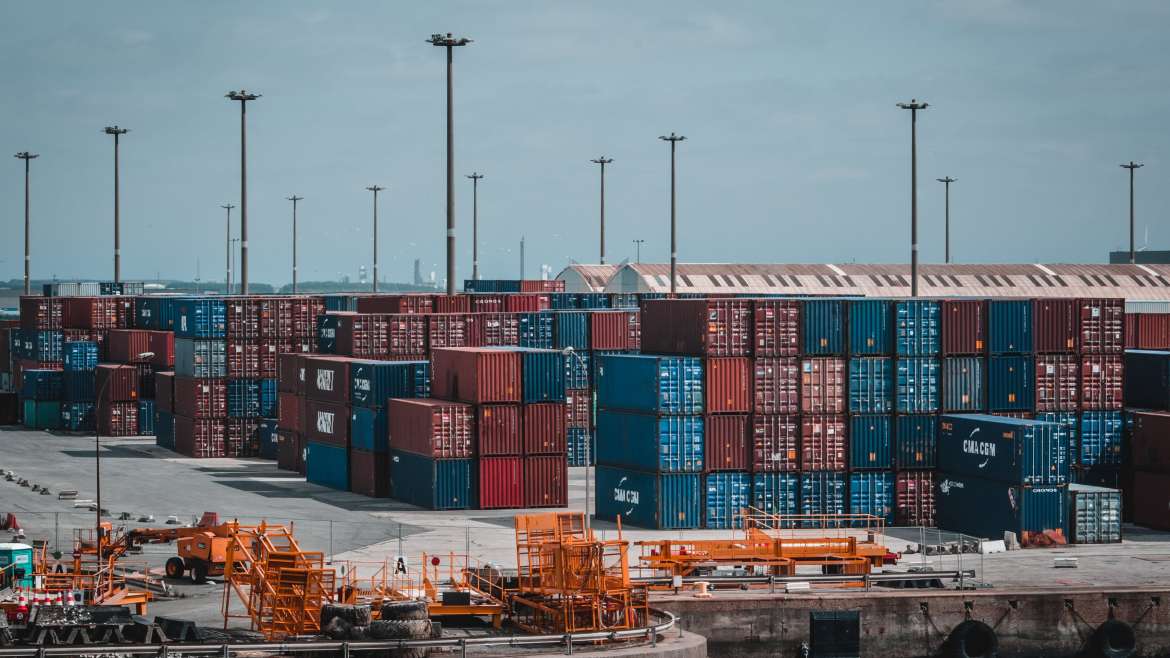Revving Back the Clock: 2017 Trucking Perspectives in Retrospect”
Imagine turning the clock back to 2017, a year that marked a turning point for the trucking industry. As we reflect on that year, it’s fascinating to see how the trucking landscape has transformed and how the perspectives of that time continue to influence the industry today. In this blog, we’ll revisit 2017 and explore the key trucking perspectives of that year, revealing how they have shaped the path of this vital sector.
The Trucking Landscape in 2017
- Electronic Logging Devices (ELDs): 2017 was a milestone year as the trucking industry grappled with the full implementation of the ELD mandate. The electronic logs aimed to enhance safety and compliance but also sparked debates about their impact on driver schedules and productivity.
- Driver Shortage: The driver shortage was a pressing concern in 2017 and remains a significant issue today. Companies were actively seeking ways to attract and retain skilled drivers to meet growing demand.
- Autonomous Vehicles: The buzz around autonomous trucks was palpable in 2017, with testing and development of self-driving technology reaching new heights. Many were pondering the potential impact on the trucking workforce.
- E-commerce Boom: The rise of e-commerce was already in full swing in 2017, prompting discussions about the need for quicker deliveries and its implications on last-mile logistics.
- Regulatory Changes: Ongoing changes in regulations, from hours-of-service rules to emissions standards, were reshaping the trucking industry’s operations and practices.
Retrospective Perspectives: How 2017 Influences Today’s Trucking World
- ELDs and Compliance: The implementation of ELDs in 2017 laid the groundwork for digital transformation in trucking. These devices continue to be essential for real-time tracking, data collection, and improved safety standards.
- Driver Shortage Solutions: The driver shortage of 2017 sparked innovative recruitment and retention strategies. Today, businesses continue to employ these strategies to attract new talent and keep experienced drivers on board.
- Autonomous Trucking: The buzz around autonomous vehicles in 2017 served as a catalyst for the development of self-driving technology. While fully autonomous trucks are still in the future, elements of automation are increasingly integrated into the industry.
- E-commerce Evolution: The e-commerce boom of 2017 prompted a shift in logistics, leading to an even stronger emphasis on last-mile delivery solutions, fulfillment centers, and innovative approaches to meet consumer expectations.
- Adapting to Regulations: Ongoing regulatory changes have driven the trucking industry to adapt and innovate. Compliance, safety, and sustainability have become top priorities.
Conclusion
Looking back to 2017, we see a snapshot of an industry in flux. The challenges and innovations of that year continue to echo in the trucking world of today. As the industry evolves, it’s important to reflect on the past to understand how it has shaped the present and will continue to influence the future of trucking. Whether it’s technology, regulations, or workforce management, the perspectives of 2017 remain a crucial part of the trucking industry’s journey.


Leave a reply